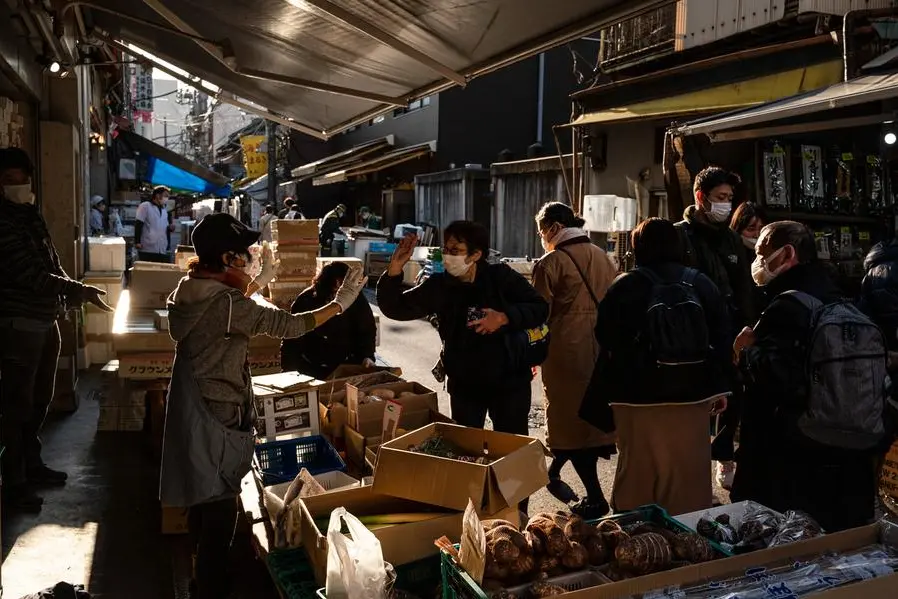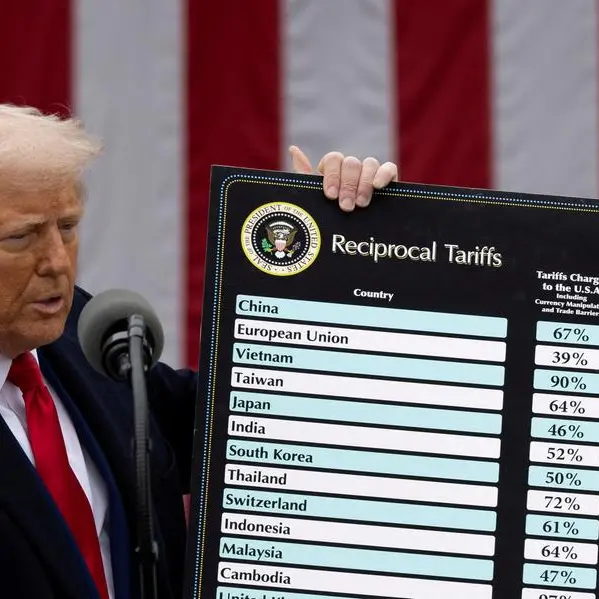PHOTO
Japan's consumer prices rose 3.4 percent on-year in April, in line with market expectations, government data showed Friday.
The figure, which excludes volatile fresh food prices, followed a 3.1 percent rise recorded in both March and February.
Inflation in Japan is lower than the sky-high price increases seen in the United States and elsewhere that have prompted central banks to hike interest rates.
Yet it remains higher than the Bank of Japan's two percent target, which has been surpassed every month since April last year.
The Japanese central bank argues that the price rises are fuelled by temporary factors, such as the war in Ukraine, and so has stuck to its monetary easing policies in a bid to encourage sustained growth.
Analysts said the price increases would likely continue to slow from a January peak, when inflation measured 4.2 percent on-year -- the highest level since September 1981, fuelled in part by higher energy bills.
Earlier this week, data showed Japan's economy grew a faster-than-expected 0.4 percent in the first quarter, helped by a recovery in inbound tourism after pandemic border restrictions were lifted in October.
The BoJ last month announced a review of its longstanding easing measures under new governor Kazuo Ueda, but said it would maintain them for the time being.
Excluding energy, the data released by Japan's internal affairs ministry on Friday showed prices rose 4.1 percent in April, after a 3.8 percent rise in March.
Increases in the cost of processed foods, durable goods and telecommunication fees, among other categories, contributed to inflation, it showed.
"Core CPI will likely remain in the level of 3.0-3.5 percent until this summer" due to high resource costs and the impact of the weak yen, said Saisuke Sakai, chief economist of Mizuho Research and Technologies.
But "in the latter half of this fiscal year and beyond, rises in core CPI will likely slow, reflecting falls in prices of import goods, led by energy prices," he said before the data release.




















